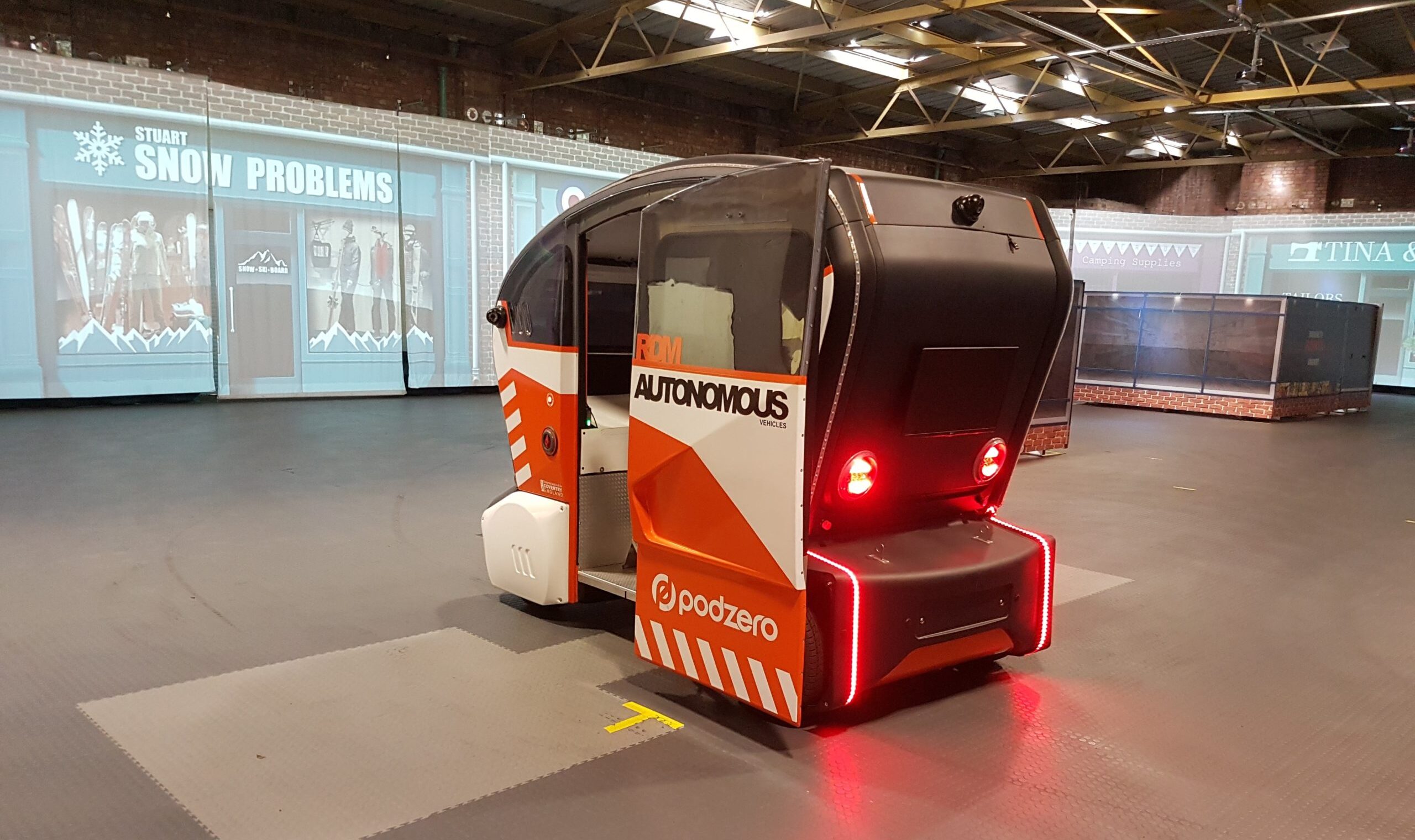Luis Oliveira
I’m Luis Carlos Rubino de Oliveira, a senior user researcher with 10 years’ experience, improving user experience and driving value in organisations across different sectors.

Versatility
A passion for understanding User Experience in diverse industries, from finance, government and academia
Finance sector
I worked for over 3 years for the Lloyds Banking Group, conducting research for B2B (Commercial Banking) and B2C (Retail customers)
UK Government
I’m experienced with Government Digital Services (GDS) for the Department for Education (DfE) and emergency services (Fire Brigades)
Academia
I performed user research for leading universities, being part of projects in partnership with large brands such as Jaguar Land Rover and Great Western Railways.
An array of methodologies
I’m experienced with a comprehensive suite of research methods catering to diverse projects, ranging from discovery to delivery
Case studies
Read about some selected case studies and learn how I used research to understand problems, propose solutions and generate impact
All content
Get in touch
Ask me how we can work together

